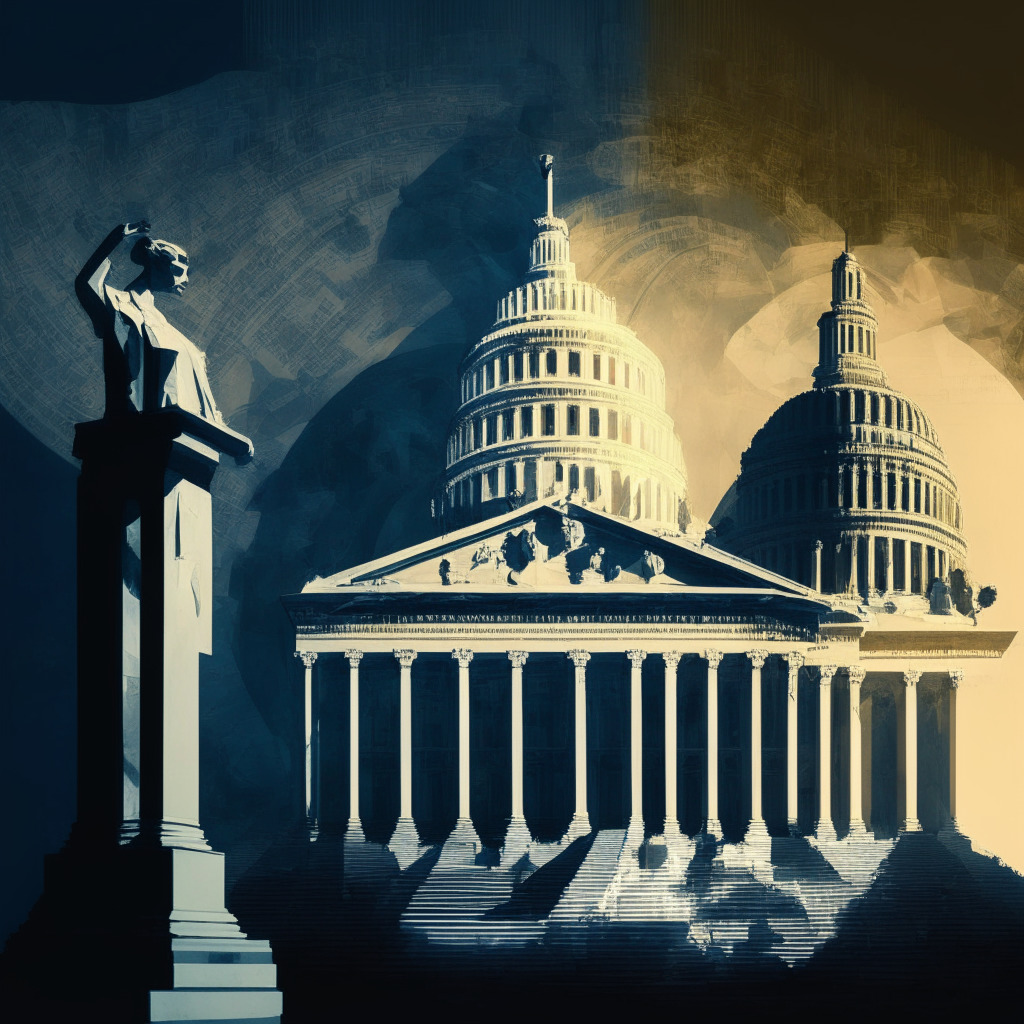The ongoing regulatory debates surrounding cryptocurrencies are critical in determining the future trajectory of institutional adoption in the sector, according to Jez Mohideen, CEO of Laser Digital. As traditional financial companies continue to explore and experiment with tokenization, it remains a key area of interest within the industry.
Japan-based financial giant Nomura launched Laser Digital in an effort to initially focus on investing in firms within the DeFi, centralized finance, Web3, and blockchain infrastructure segments. A recent survey conducted by the crypto company, which included professional investors managing approximately $5 trillion in assets, revealed that 82% of respondents hold a positive view of the digital asset class. They expressed optimism for the performance of Bitcoin and Ether over the next 12 months.
Despite many surveyed institutions viewing the asset class favorably, a vast majority would like to see the digital asset and traditional finance worlds collide. Roughly 90% of those surveyed said they or their clients would be more likely to allocate investment vehicles backed by large traditional financial institutions. About the same percentage said they want to see digital assets combined with traditional asset classes to produce “all-weather” income strategies.
Various financial institutions believe that by building the right rails, they can bring more trust and credibility to an asset class that has experienced controversies such as Terra’s algorithmic stablecoin collapse and the bankruptcy of FTX. BlackRock CEO Larry Fink has touted the tokenization of securities as “the next generation of markets.”
The Laser Digital survey found that 76% of respondents pointed to legal or regulatory restrictions that could prevent them or their clients from investing in a crypto-related product. While the EU passed the Markets in Crypto Assets (MiCA) regulation in April and Hong Kong has become a desirable place for crypto firms, the US lags behind.
The SEC’s recent lawsuits against Binance and Coinbase are the latest examples of what many in the industry have dubbed the agency’s “regulation by enforcement” tactics in the absence of a clear crypto framework in the US. Mohideen believes that these regulatory actions are not unhealthy in the long run since the debates around which crypto assets are securities and the resolutions expected to come from them have been discussed for years.
In conclusion, for traditional finance and digital assets to coexist and benefit investors, increased clarity from regulatory bodies, as well as market experimentation, is necessary. Though it may not happen overnight, the industry is taking the necessary steps toward establishing a standardized and trusted environment for all stakeholders involved.
Source: Blockworks




